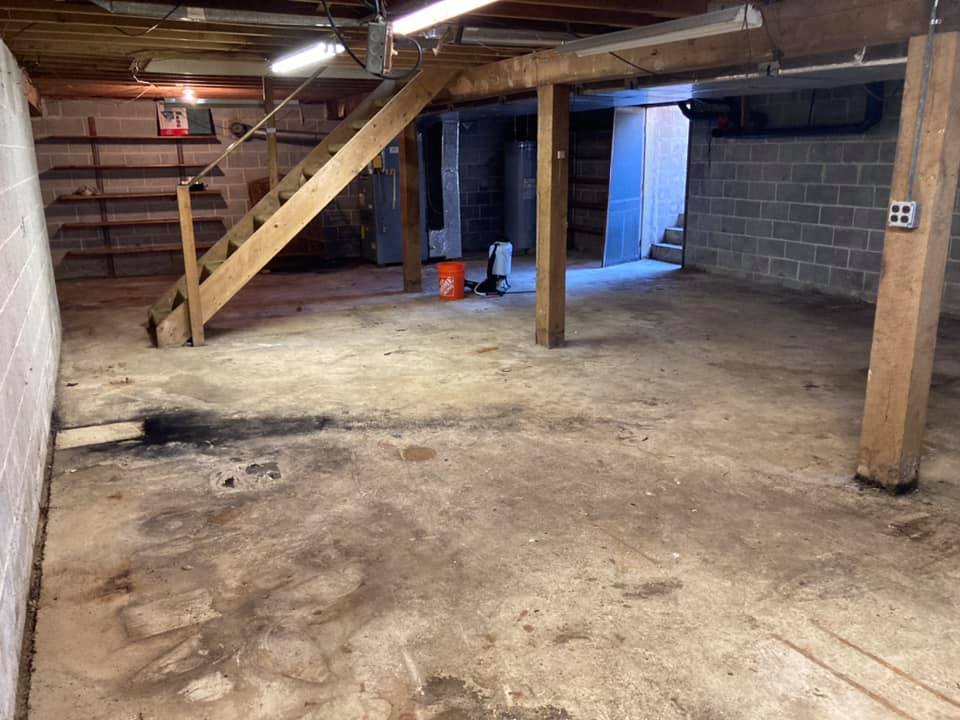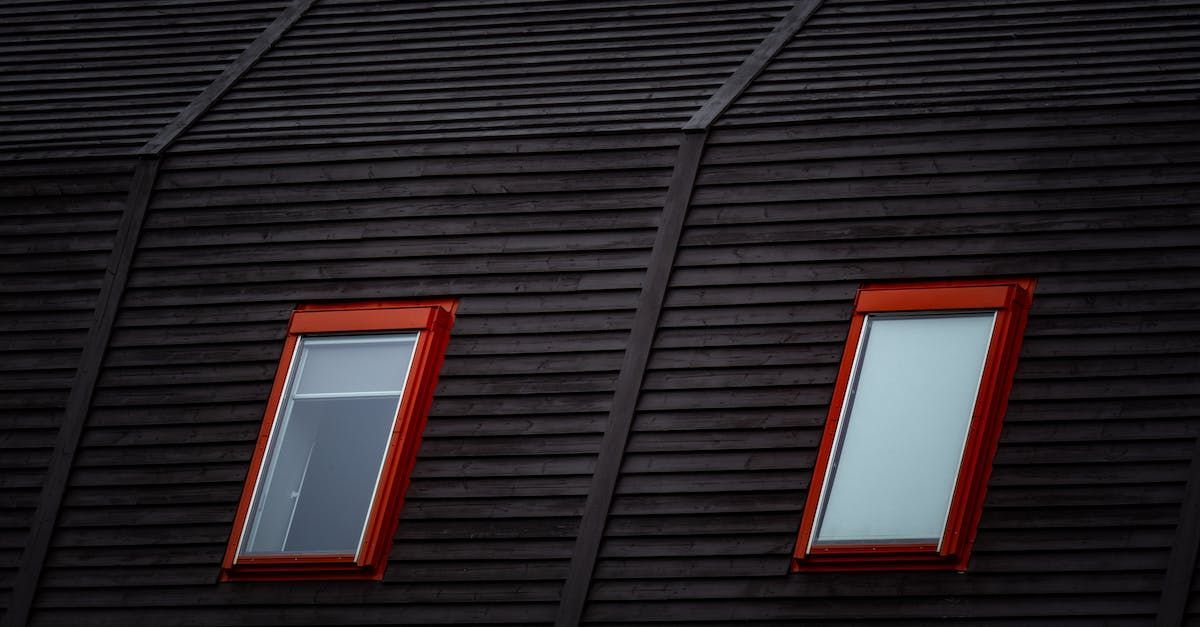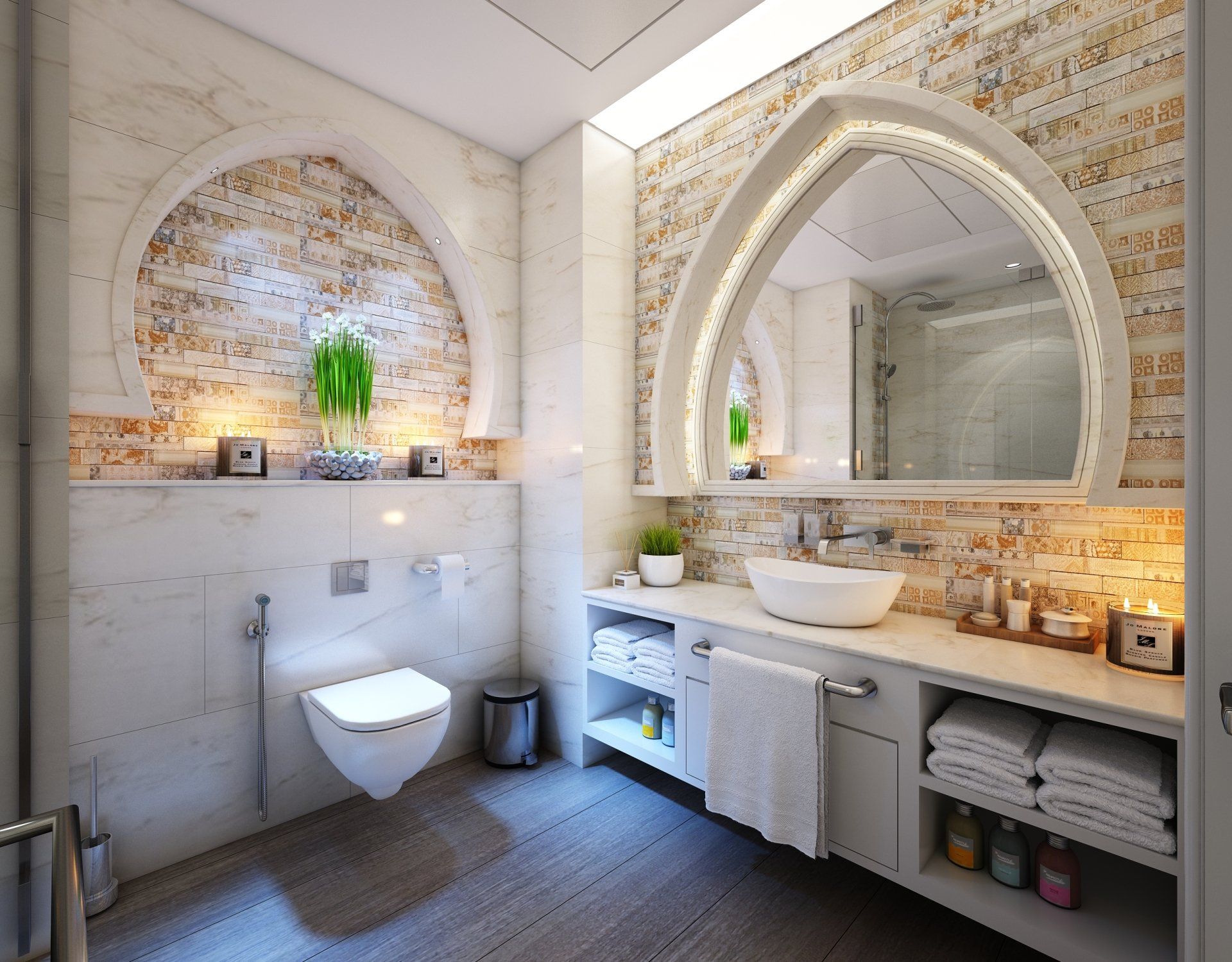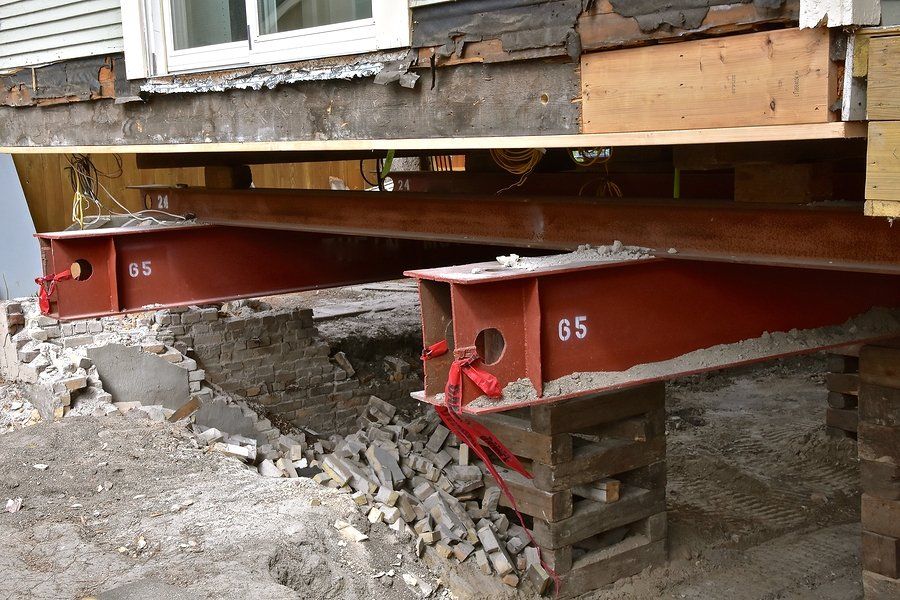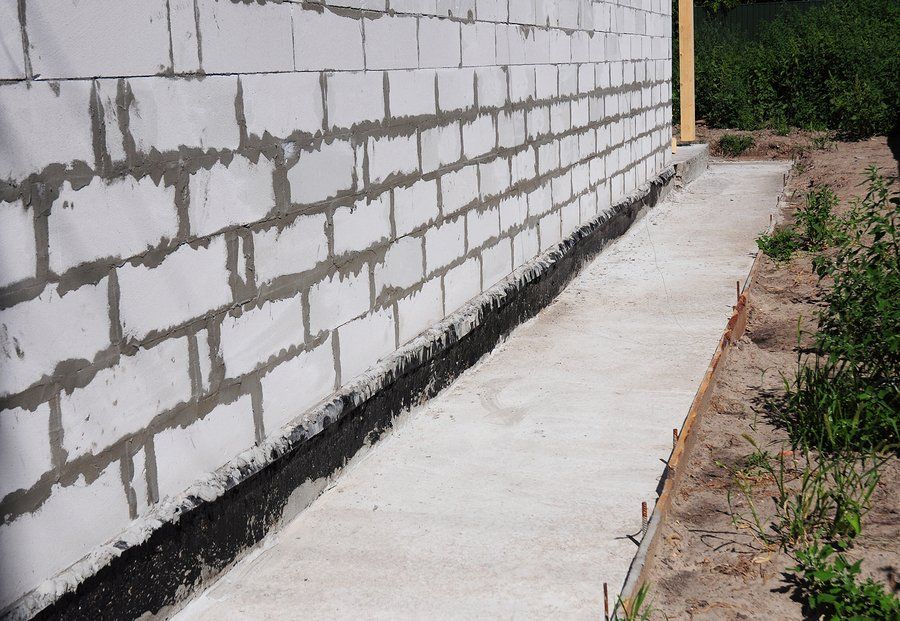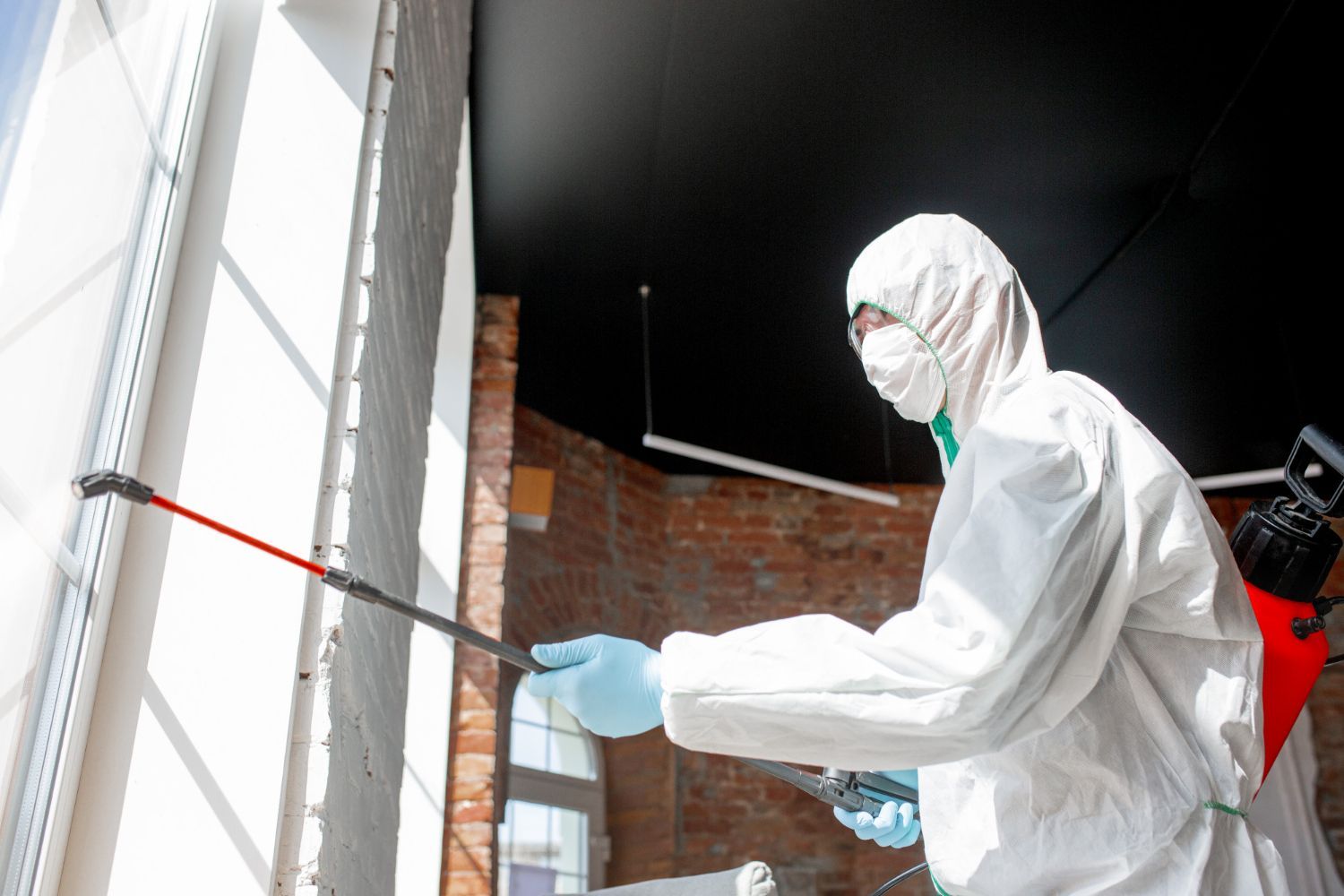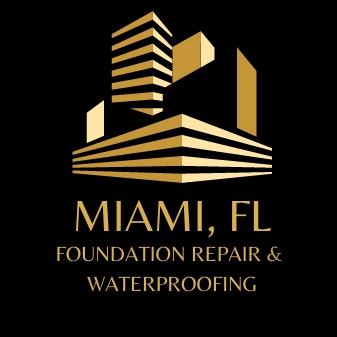Introduction to Foundation Repair Basics
Your Complete Guide to Foundation Repair: Identifying Problems, Costs, and Solutions for a Stable Home
If you’ve ever walked into your house and noticed a mysterious crack snaking its way across the wall or discovered your doors suddenly acting like they’re auditioning for a horror movie (stuck, creaky, or refusing to close), chances are you’ve got foundation issues. Don’t panic just yet, we’re here to break it all down in plain English (and maybe a little humor).
Foundation repair can seem daunting, but understanding the basics will help you feel more in control. After all, your home’s foundation is literally what everything else rests on. So, grab a cup of coffee (or something stronger if your walls are seriously tilting), and let’s dive into the fascinating, essential, and yes, sometimes frustrating world of foundation repair.
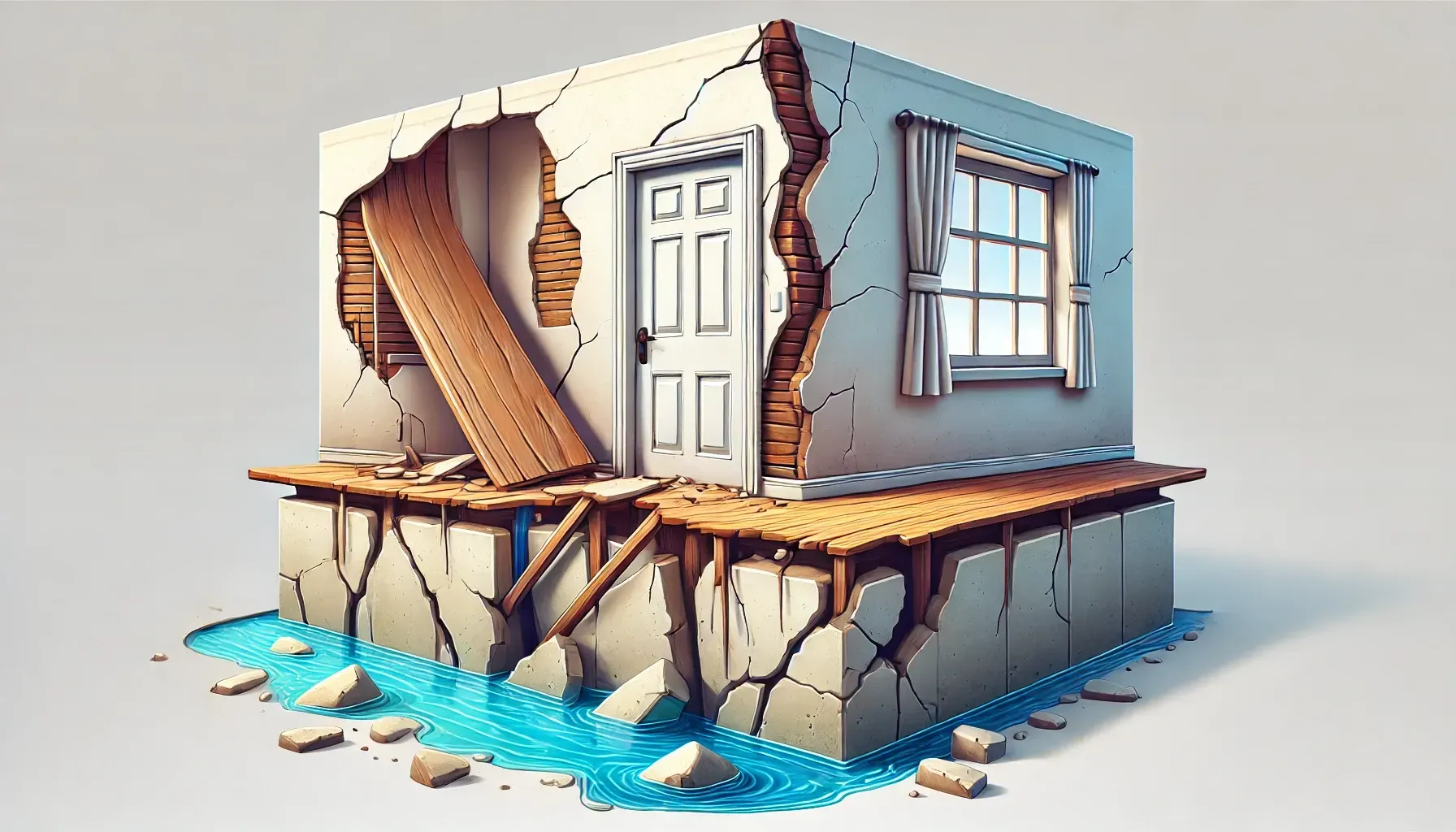
What Is Foundation Repair?
Simply put, foundation repair is the process of fixing damage to the base structure of your home. This might involve filling cracks, stabilizing sinking areas, or even replacing parts of the foundation itself.
Think of it as giving your house a much-needed chiropractic adjustment, except instead of bones, it’s concrete, steel, or wood.
Why Does Your Foundation Matter?
Your home’s foundation is like a sturdy pair of shoes for your feet. If it’s off-balance, worn out, or broken, everything else suffers. Foundation problems can lead to:
- Structural Damage: Cracks in walls, uneven floors, and even roof damage.
- Water Issues: Leaks or flooding caused by foundation shifts.
- Safety Hazards: Sinking foundations can make homes unsafe.
A Brief History of Foundations
In the ancient world, civilizations like the Romans built foundations out of stone.
Fast forward to today, and we have concrete slabs, pier-and-beam systems, and crawl spaces. Each type has its own quirks and repair challenges, but the goal remains the same: keep the house standing tall (and not resembling the Leaning Tower of Pisa).
Signs Your Foundation Needs Help
Before you start Googling “foundation repair near me,” let’s talk about symptoms. Foundations rarely scream for help, they’re more likely to whisper subtle clues. Here’s what to watch for:
1. Cracks in Walls or Floors
Not all cracks are created equal. Hairline cracks might just be the house settling, but wide or diagonal cracks? That’s a red flag. Large cracks can also indicate major structural shifts that need immediate attention. Keep an eye out for cracks near doorways and windows, as these areas are often stress points in the structure.
2. Sticking Doors and Windows
When doors start acting like moody teenagers and refuse to cooperate, it’s often due to foundation shifts. This happens because a sinking or uneven foundation warps the frame around doors and windows, making them difficult to open or close. Test this by opening and shutting all doors, if you’re meeting resistance, it’s time to investigate.
3. Uneven Floors
Feel like you’re walking uphill in your own living room? That’s not normal. Uneven floors can be a sign of shifting or sinking foundations. Use a level to check if your floors are straight, or simply roll a marble across the room and see if it veers off in surprising directions.
4. Water Damage or Pooling
A sinking foundation can allow water to seep in, leading to mold and other headaches. Watch for puddles forming in your basement or water stains on the walls. Excess moisture often accelerates foundation deterioration, so it’s critical to address both the source of the water and the resulting damage.
Fun Fact:
According to the American Society of Civil Engineers, about 25% of U.S. homes will experience structural distress in their lifetime, much of it tied to foundation problems. Regular inspections can help catch these issues early.
Common Causes of Foundation Issues
Understanding why your foundation is struggling is half the battle. Here are some common culprits:
1. Soil Problems
The soil under your home plays a major role in its stability. Clay-rich soils, common in areas like Miami, can expand and contract with moisture changes, wreaking havoc on foundations. Sandy soils, on the other hand, may erode or shift during heavy rains. Knowing your soil type can help predict potential foundation risks.
2. Poor Drainage
Water is your foundation’s frenemy. Without proper drainage, it can pool around your home, leading to erosion and instability. Installing gutters, downspouts, and proper landscaping can prevent water from undermining your foundation’s integrity.
3. Tree Roots
Those gorgeous oak trees in your yard? Their roots might be sneaking underground, searching for water and disturbing your foundation. Roots can create pressure against the foundation walls or even suck moisture out of the soil, causing it to contract and destabilize.
4. Natural Disasters
Hurricanes, earthquakes, and flooding can shift or damage foundations in an instant. In areas like Florida, homes are often exposed to frequent storms, so building codes and materials are designed to minimize damage. However, even these measures can only go so far against nature’s fury.
Types of Foundation Repairs

When it comes to fixing your foundation, one size does NOT fit all. Here are some common methods:
1. Piering (Underpinning)
Steel or concrete piers are driven deep into the ground to stabilize the foundation. Ideal for sinking foundations, this method transfers the weight of your home to more stable soil or bedrock below. It’s a permanent solution but can be labor-intensive and costly.
2. Slab Jacking
This technique involves pumping a special grout under a sunken slab to lift it back into place. It’s quick and non-invasive, making it a popular option for minor repairs. However, it’s not suitable for extensive damage or areas with unstable soil.
3. Epoxy or Polyurethane Injections
For smaller cracks, injecting these materials can seal them up and prevent further water intrusion. These repairs are cost-effective and relatively quick but may not address the root cause of larger structural problems.
4. Helical Piers
Helical piers are screwed into the ground and are great for supporting heavy structures in unstable soils. They can be installed with minimal disturbance to your property and are often used in commercial and residential settings.
5. Foundation Replacement
This is the nuclear option. If the damage is severe, parts or all of the foundation may need to be replaced. It’s the most expensive and time-consuming repair but may be the only option for extremely compromised structures.
How Much Does Foundation Repair Cost in Florida?
Ah, the million-dollar question (hopefully not literally). Costs can vary widely based on the severity of the damage and the repair method. Here’s a ballpark:
- Minor Repairs: $500–$3,000 (e.g., small cracks or slab jacking).
- Moderate Repairs: $4,000–$10,000 (e.g., piering or underpinning).
- Major Repairs: $15,000–$30,000+ (e.g., foundation replacement).
Factors Affecting Costs:
- Location: Costs in Florida may be higher due to humidity and hurricane risks.
- Soil Type: Sandy or clay-rich soils can require more intensive repairs.
- Extent of Damage: Larger structural issues mean higher costs.
Fun Fact:
In Florida, where humidity and hurricanes are common, the average cost for foundation repair is around $7,000. Addressing issues early can prevent these expenses from skyrocketing.
Amazing Facts About Foundations
Foundations might seem like the strong, silent type, but there’s more to them than meets the eye. Here are some fascinating tidbits:
- Ancient Ingenuity: The Great Pyramid of Giza’s foundation is so well-engineered that it’s still stable after 4,500 years.
- Deep Dive: The Burj Khalifa in Dubai has a foundation that extends 164 feet underground to support its massive height.
- Eco-Friendly: Some modern homes are built on foundations made from recycled materials like crushed glass and fly ash.
- Fast Repairs: Slab jacking can sometimes lift a sunken foundation in under an hour!
- Invisible Forces: Thermal expansion and contraction of soil are silent culprits behind many foundation issues.
Is Foundation Repair Worth It?
Short answer: Absolutely.
A damaged foundation doesn’t just hurt your home’s value, it can make it unsafe.
Plus, addressing issues early can save you thousands of dollars in the long run. Think of it as an investment in your peace of mind (and your property).
Choosing the Best Foundation Repair in Miami
If you’re in the Miami area, you’re in luck. This region has plenty of experts who understand the unique challenges of Florida’s climate and soil.
What to Look for in a Contractor:
- Experience: Look for companies with years of experience in foundation repair Miami residents trust.
- Certifications: Choose contractors certified by reputable organizations like the Foundation Repair Association.
- Free Estimates: Many top contractors offer free assessments to help you understand the scope of the problem.
- Customer Reviews: A company’s reputation can often be judged by its client testimonials.
FAQs About Foundation Repair
1. What Type of Foundation Repair Is Best?
It depends on your specific issue. Piering is great for sinking foundations, while epoxy injections are perfect for cracks.
2. How Long Does Foundation Repair Take?
Minor repairs might take a day or two. Major projects can last several weeks.
3. What’s the Highest Cost for Foundation Repair?
In extreme cases, repairs can exceed $30,000, especially if replacement is required.
4. How Do I Prevent Future Problems?
Ensure proper drainage, maintain stable soil moisture, and regularly inspect your foundation.
Final Thoughts
Foundation repair might not be the most glamorous topic, but it’s one of the most important when it comes to maintaining your home.
Whether you’re dealing with a small crack or a sinking foundation, understanding the basics can help you make informed decisions. And remember, it’s always better to tackle foundation issues sooner rather than later, because nothing ruins a housewarming party quite like realizing your house is sliding downhill.
If you’re in Miami and looking for the best foundation repair contractors reach out to trusted local experts like us who can keep your home safe, stable, and standing strong. After all, a solid foundation is the cornerstone of every great home, literally.
Key Takeaways
- Foundation Repair Overview: Foundation repair addresses damage to a home's base structure, involving crack repairs, stabilization, or replacement.
- Foundation Importance: A stable foundation prevents structural damage, water issues, and safety hazards.
- Signs of Trouble: Cracks, sticking doors, uneven floors, and water damage signal potential foundation problems.
- Soil's Role: Clay-rich soils and poor drainage are common causes of foundation instability.
- Repair Methods: Options include piering, slab jacking, epoxy injections, and full foundation replacement.
- Cost Range: Foundation repair costs in Florida range from $500 to over $30,000, depending on severity.
- Proactive Prevention: Regular inspections, proper drainage, and stable soil moisture can prevent costly repairs.
- Unique Repairs: Methods like helical piers and slab jacking address specific structural challenges efficiently.
- Amazing Facts: Foundations range from ancient pyramids to modern eco-friendly designs using recycled materials.
- Expert Help: Choosing experienced, certified contractors ensures long-lasting and effective repairs.



